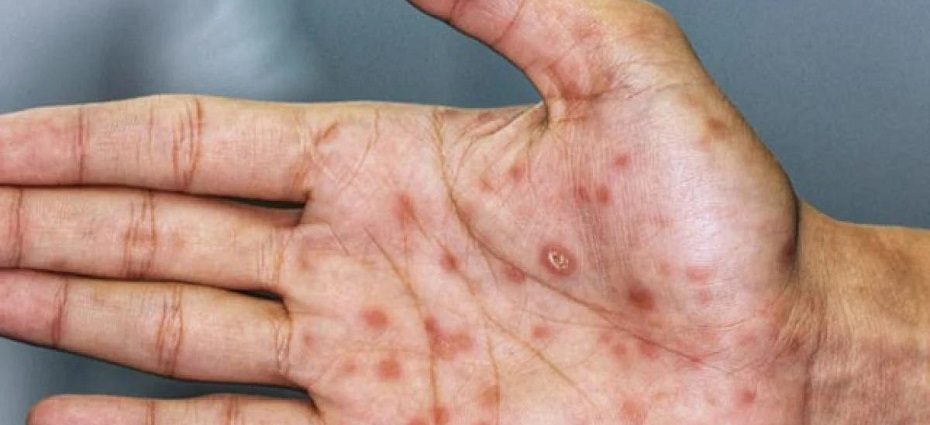Sexually transmitted diseases, as is the case with syphilis, are increasingly appearing. People seem to be more carefree than in the past when AIDS was a deadly disease because there are no drugs today, and there are now fewer precautions taken than a few years ago.
However, this is meaningless, because if they are not treated, STDs can have severe and irreversible cardiovascular and neurological consequences. What is syphilis and what are its causes, symptoms, and treatment? Then we found out.
What Is Syphilis?
It is important to know how to distinguish between the different STDs that exist and what are the main preventive measures to prevent them from appearing. From here we’re going to describe what syphilis is and what to do to avoid contracting the disease.
Syphilis is a sexually transmitted infection caused by a bacterium named Treponema pallidum. This type of infection makes no distinction between men and women, appears in the genital area, and can also manifest in the mouth, lips, anus, and other areas of the body.
It is usually infected by having sex with a person who has previously been infected. Women who contract the disease during pregnancy can pass it on to their babies during the development of the fetus or at birth.
Causes
As we have already mentioned, the cause of this infection is a bacteria called Treponema pallidum, which penetrates mucous membranes or skin and is usually detected in the genital area.
The disease occurs anywhere in the world, although it is often manifested more frequently in urban areas. In addition, from time to time, the number of infected is growing within the homosexual population.
Syphilis appears with greater insistence in people between the ages of 15 and 25. When it comes to fighting the infection, the human body is not able to do so on its own and requires the help of antibiotics.
Symptoms of Syphilis
Once you see what syphilis is and what is the cause that explains its appearance, we will make a brief exposure of its symptoms, which are divided into 3 different phases:
- First phase
At the beginning of the disease, a sore springs in the infected area, although more are likely to emerge. This sore presents a round shape, the surface is hard and painless, hence it usually goes unnoticed.
It lasts from 3 to 6 weeks, although the affected person must visit the specialist so that the infection does not progress and reaches the next phase.
- Second phase
At this stage there are rashes on the skin and sores can occur in the vagina, anus, and mouth (injuries of the mucous membrane). This type of eruption can make an act of presence once the initial sore disappears or several weeks after it has been healed.
They are usually located on the soles of the feet or the palms of the hands, acquiring a brown or reddish color. Many times they are barely visible, so the patient may not perceive them. Besides, they don’t cause itching either.
In this second phase, the patient may have other symptoms such as sore throat, fever, weight loss, headache, fatigue, swollen lymph glands, or muscle pain.
- Third Phase
It is the most advanced and occurs when all previous symptoms have come to an end. It usually develops after 10 to 30 years after contagion. If the patient has not received any kind of treatment, he or she may continue to be affected without warning of any symptoms.
In this third stage, the most common symptoms are the following: numbness, blindness, body paralysis, lack of coordination, or dementia. If the disease has come a long way, it can cause damage to important organs and become a deadly infection.
Prevention
Specialists recommend following a series of simple guidelines to avoid their appearance:
Having sex with people who have undergone an STI test, the result of which has been negative.
Use precautionary measures when practicing sex as latex condoms.
Wrageing the genital area relatively frequently or having vaginal showers after having sex is not such an effective prevention measure against the disease, but at least decreases the risk.
Treatment of Syphilis
Syphilis is treated with antibiotics. The duration of treatment will depend on several factors related to the stage at which the disease is located and the health of the affected person.
If the affected woman is pregnant, syphilis may be treated with penicillin, unless there is an allergic reaction. In this case, the patient will be desensitized to be able to administer the drug to her.
After receiving treatment at the early stage, the patient may experience some symptoms associated with a reaction called Jarish Herxheimer, among which are:
– Fever
– Chills
– Nausea
– Joint pain
– Rashes
– General malaise
– Headache and muscle pain
These effects disappear in a matter of 24 hours, although the specialist will have to do blood controls with a certain periodicity (3, 6, 12, and 24 months) to check that everything is going well.
